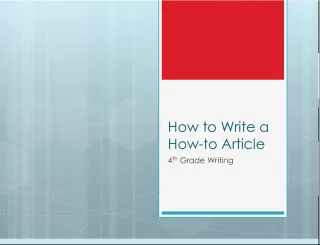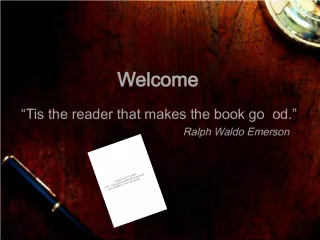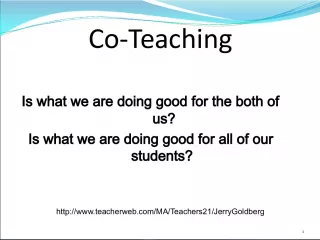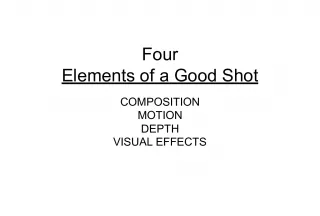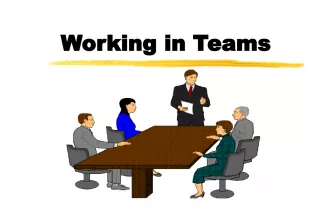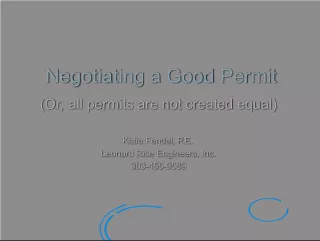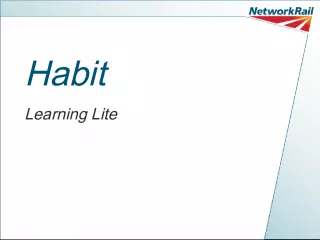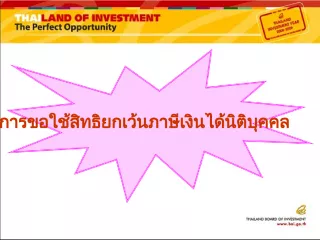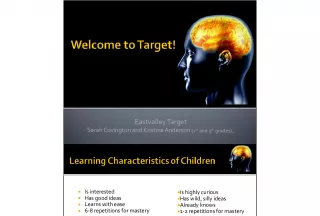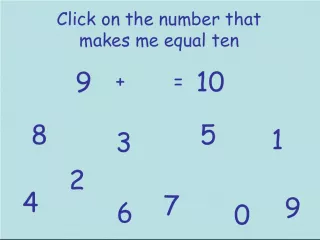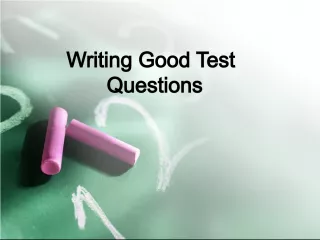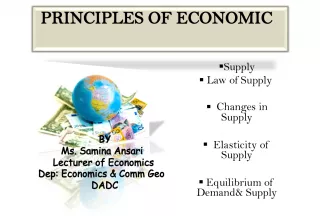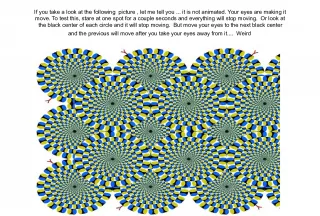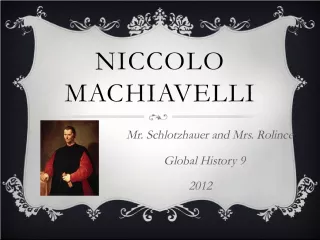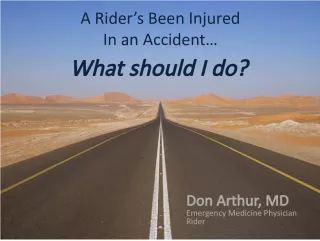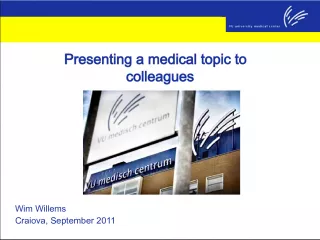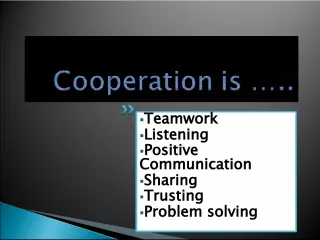What Makes a Good How-To Article?
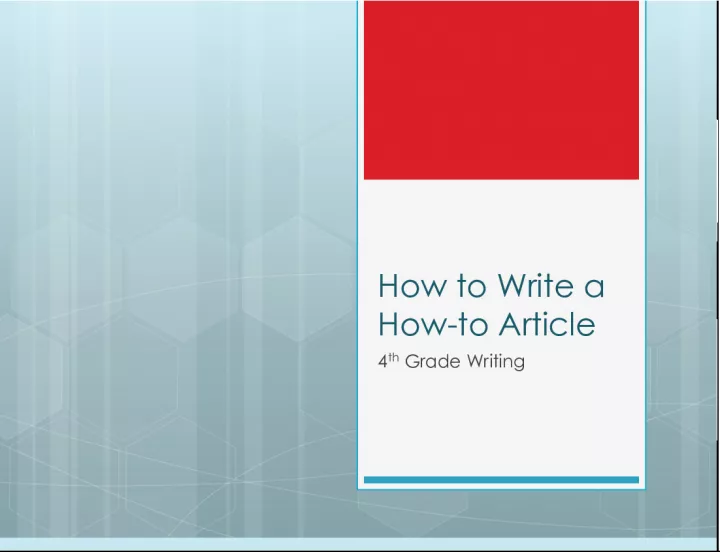

In this 4th grade writing lesson, students will learn the basics of writing a successful how-to article. A how-to article is a type of writing that teaches the reader how to do
- Uploaded on | 1 Views
-
 eloane
eloane
About What Makes a Good How-To Article?
PowerPoint presentation about 'What Makes a Good How-To Article?'. This presentation describes the topic on In this 4th grade writing lesson, students will learn the basics of writing a successful how-to article. A how-to article is a type of writing that teaches the reader how to do. The key topics included in this slideshow are . Download this presentation absolutely free.
Presentation Transcript
Slide1How to Write aHow-to Article 4 th Grade Writing
Slide2Lesson 1 What makes a good how-to article? A how-to article teaches the reader how to do something. The instructions for a board game are a kind of how-to article. So is a set of directions to your school. Here are some things to remember when you write a how-to article.
Slide3Introduction The introduction of a how-to article tells what the reader will learn from the article. The introduction should be INFORMATIVE. It might even be catchy if the writer thinks the reader needs to be “hooked.”
Slide4Body The body of a how-to article tells how to complete the task. All the necessary materials are listed. Next, the steps are clearly explained in time order. The body should not include any unnecessary information. Each step is written as an imperative sentence, or a sentence that gives a ________. COMMAND
Slide5Conclusion The conclusion of a how-to article sums up what has been taught. It might also tell how the information might help the reader, or how they can use the information to be successful!
Slide6Activity Decide which of the following sentences would make a good introduction for a how-to article about model airplanes. Be prepared to explain your answers. Model airplanes are made of plastic. Building a model airplane is easy and fun. Never build a model airplane without an adult to help you. I’m afraid to ride in airplanes. With a little patience and work, you can build a model airplane that looks just like the real thing.
Slide7Writer’s Notebook Assignment Write a list of three easy things that you know how to do. Then, choose one and write an introduction for a how-to article about that topic. (2-3 sentences)
Slide8Lesson 2 – Time Order The body of a how-to article tells how to do something step by step. The directions are given in time order (chronological order) If some directions are out of order, your readers might get confused. They might not be able to complete the task!
Slide9Chronological Order The body of a how-to article on writing a letter is written below. Can you find the steps that are out of order? Fold your letter into three parts. Write the heading and the inside address at the top of the page. Then write the closing and sign your name. Write your greeting and the body of your letter. Put the letter into an envelope. Seal the envelope and drop it in the nearest mailbox. Write the receiver’s address and your address on the envelope and add a stamp.
Slide10Time Words Have you ever read a paragraph in which the sentences did not seem to fit together? If so, the paragraph might have needed some time words (also known as transition words). Time words help a writer connect ideas so that they flow together. These kinds of words are often placed at the beginning of a sentence.
Slide11Time Words Here are some examples: after next before second finally then first third later while
Slide12Writer’s Notebook Assignment Describe what you do when the school day ends, using time words.
Slide13Lesson 3 – Important Details A how-to article should be complete. This means that all the necessary information should be included. If an important detail is left out, the reader may not be able to complete the task. As you write a how-to article, you should also make sure that you leave out any details that are not necessary. Any unimportant details will distract your reader.
Slide14Important Details Read the how-to paragraph below. What are the unnecessary details? Diving off a diving board is not as hard as you might think. First stand at the end of the diving board with your toes coming just off the edge. It could be an indoor pool or an outdoor pool. Bend your knees and lean your head forward. Raise your hands over your head. You won’t be doing one of those fancy dives like you see in the Olympics. Push off with your legs and lean forward so that you go headfirst into the water. When you come up, you’ll be glad you took your first dive!
Slide15Lesson 4 –Prewriting and Drafting What things do you know how to make or do? Can you build a snow fort or make a necklace? By writing a how-to article, you can share your skills with others
Slide16In your Writer’s Notebook… Make a list of things that you know how to make or do. You could list crafts and games or food you know how to cook. You could list anything else that you know how to do. List 5 or 6 things.
Slide17Look it Over Look over your list. Choose one topic that would be fun and easy to explain. Choose a topic that you think would interest other people too.
Slide18Organizing Your Ideas In your writer’s notebook, make a bullet point list of all the materials needed for the topic you chose. Next, write down all the important steps. When you have finished, read over what you have written. Make sure you have included all the materials. Check that all of the important steps are included and in the right order. Make changes to your list if you find any mistakes.
Slide19Drafting Now you’re ready to begin your first draft in your composition notebook. Think of an introduction that tells what you will be teaching. You might want to make it catchy to get your readers interested. Next, write the body of your how-to article in TIME order. Start by listing any materials (using commas, not bullet points). Then list the steps in paragraph form. Use time words to help the sentences fit together in order. Finally, add a conclusion. Sum up what you taught. You might want to tell the result of following the steps or how they can use what they learned or made.
